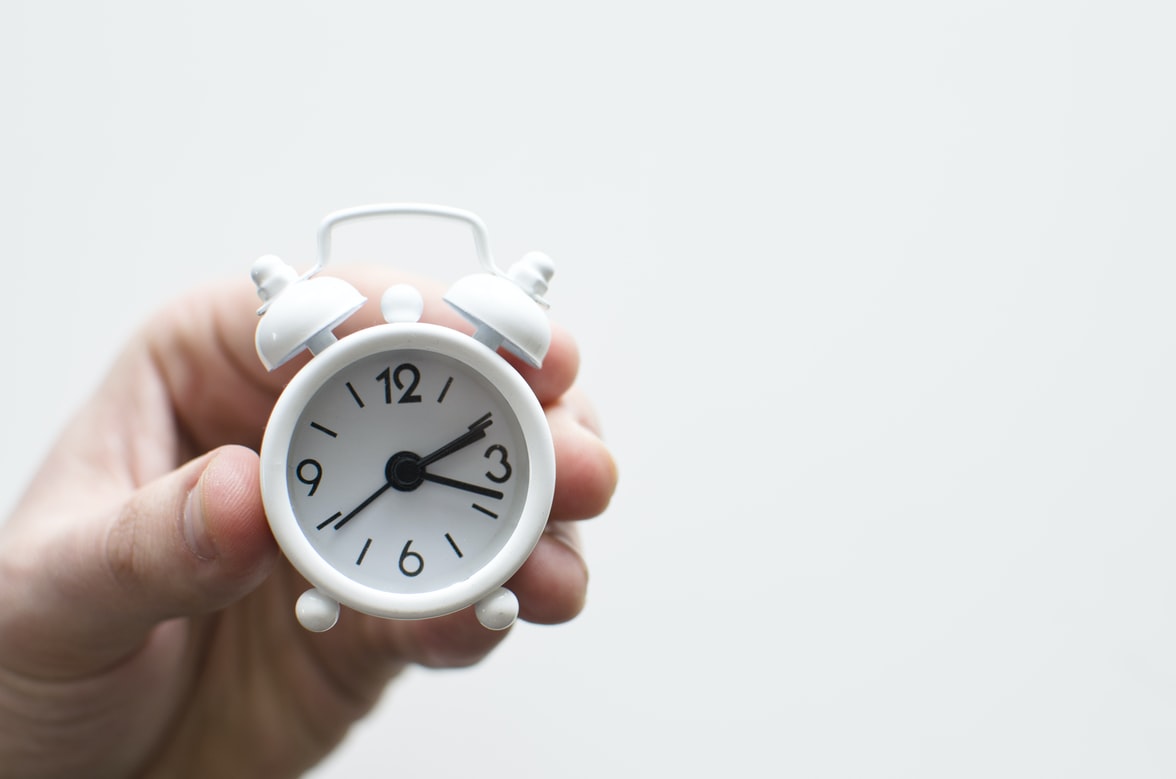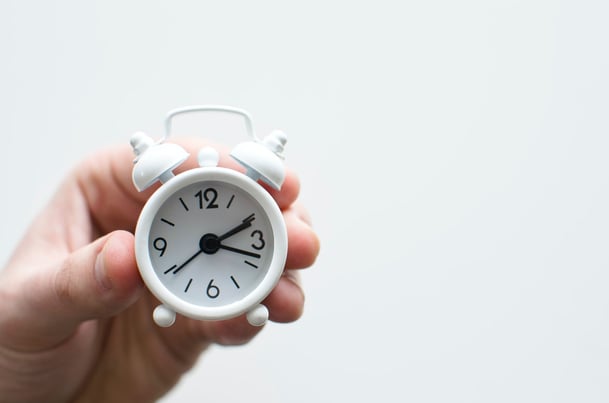

“Save the Clocktower!” Remember that line from Back to the Future? It applies just as much here as it did when Marty McFly and Doc Brown needed to time everything perfectly so that Marty could time travel back to 1985.
It’s ironic that we encounter so many digital images of time throughout any given day, yet time management eludes many of us today. We have digital clocks everywhere. What’s the problem?
We see the digits on our phones, computers, ovens, microwaves, coffee makers, thermostats, cars, alarm clocks, and even toothbrushes, but these numbers don’t show time passing. The digital images only display a stagnant minute in time. They do not show how much time is remaining in an hour or how much time has passed since beginning an activity.
It’s no secret that most of our schools’ classrooms still display functioning analog clocks. Ask any student how much time is left before the bell rings - they’ll know! They know precisely how much further the “big hand” needs to travel before the bell sounds or before a test period ends. They’ll know if it’s just a few minutes or if it’s an entire half hour. They’ll always know how much of the “pie” is left.
Analog clocks and watches help us monitor the passing of time. How can you become more aware of time passing
- Hang face clocks in your kitchens, bathrooms, bedrooms, and mud rooms.
- Train yourselves to look at the clocks frequently.
- Switch your watch to either an analog face or the electronic version of the analog face or perhaps even buy a new analog watch.
- Switch your cell phone’s clock to an analog image.
Let’s go back and ‘Save the Clocks’, not just the one in the tower. Start small, hang one analog clock in your home. Focus on the minute hand’s location within the hour. Analog clocks can become functioning fashion pieces and add to any room’s décor. There are thousands of choices!
Helpful tip:
If you are noise-sensitive and you need silence to complete a task, prior to purchasing a new clock, consider the second hand’s (if one is present) sound. The two options are ticking versus a silent, smooth motion. Select whichever one does not create a distraction for you. Be mindful that the ticking can be a welcome constant background sound which some people find soothing.
How does this apply to the office? Well, it’s easy to lose track of time when you are in the zone and lost in your work. It’s even easier when you have big goals and strict deadlines. Putting a small analog clock on your desk can make a difference as you portion your time out to different tasks. Give it a go! Becoming aware of time is the first step towards managing time.

